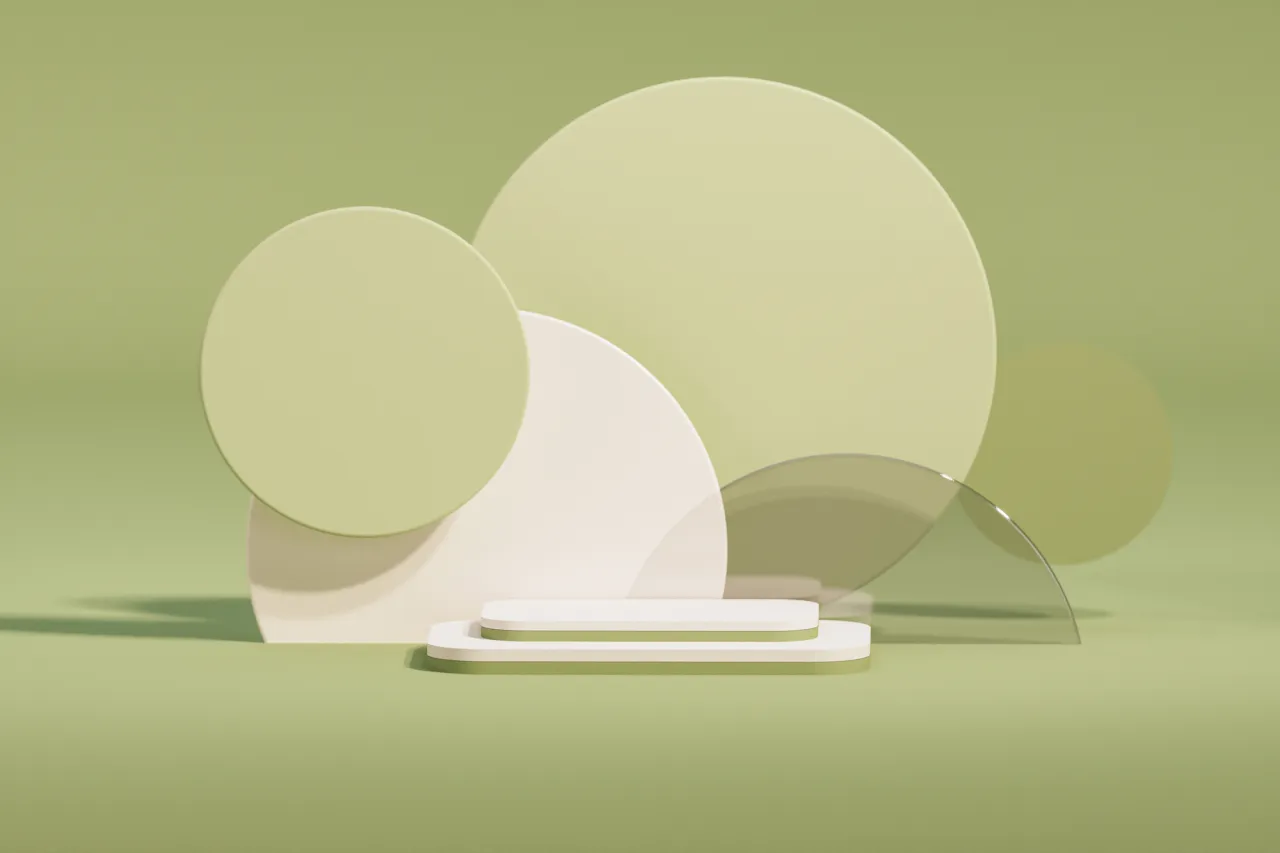A Designer’s Guide to Achieving Smooth Project Approvals
Any project’s progress—from initial concept to final approval—rests on the foundation of effective communication. In this process, designers and clients both depend on clarity, feedback, and strategic management to achieve their mutual goals.
This article introduces strategies for designers to enhance collaboration and better align with their clients’ visions, making the project approval process more smooth. Let’s dive into actionable tips to navigate your client relationships with confidence.
7 Tips for achieving smooth project approvals
#1. Do your homework
Tailoring your design approach to understand your clients is not just an administrative task. If you’re effectively aligned with your client’s vision, you’ll be able to facilitate a smoother approval process.
Start by immersing yourself in the client’s brand, going beyond their website or latest campaign. Reviewing the evolution of their brand and design choices over time can reveal patterns and shifts in direction that can be important to your project. A comprehensive analysis of the client’s competitors highlights what has already been done, uncovering gaps and opportunities for differentiation. This will allow you to make designs that stand out. Dive into your client’s brand guidelines, mission statements, and communication strategy. How do they perceive themselves? More importantly, how does their audience perceive them?
#2. Set communication channels
The cornerstone of any successful project lies in the effectiveness of its communication. Establishing clear, mutually preferred channels and protocols for communication from the very beginning can make the approval process a hundred times easier.
Agree on the primary modes of communication early on. Whether it’s email for formal revisions, instant messaging for quick clarifications, or video calls for in-depth discussions, using the right tools in the right context can accelerate decision-making. Regularly schedule check-ins to get feedback and make revisions to keep the project on track. These checkpoints should be flexible enough to adapt to the project’s phases, but setted regularly to act as milestones. Moreover, you need to keep a detailed record of all communications and decisions to have a clear trail of the project’s evolution and minimize misunderstandings.
#3. Establish clear expectations
Setting the right expectations is crucial. That’s why you need to clearly articulate your design process, including timelines, milestones, and results. Define a project scope and agree upon it in writing, creating working boundaries and safeguarding against unpredictable changes.
Similarly, establish a success criteria of the project collaboratively, ensuring that you are working towards a common project vision and have a benchmark against which the project results can be measured. This transparency makes the process easier and ensures that both parties know what to expect and when.
#4. Manage feedback constructively
Through feedback, good designs are refined into great ones. Managing this feedback constructively is key to harnessing its full potential. Invite your client into the creative process by presenting your work in iterations rather than waiting for a final product. This will help you build trust but mitigate the risk of significant revisions later on. If you receive negative feedback, approach it with an objective lens, separating critique from criticism to extract actionable steps, regardless of its delivery. If you’re faced with vague or broad feedback, clarify it by asking target questions to get to specific concerns or suggestions.
#5. Refine the design process
The presentation of your design concepts is as critical as the designs themselves. Begin with the narrative that led to your design choices. Clients want to understand not just what you’ve created, but why it exists in its specific form. Each element of your design should be a response to a clearly identified need or goal of the project. This storytelling approach helps clients understand the reasons behind your concepts, making them more receptive.
Focus on how elements of your design align with the brand’s strategy, user needs, and project goals. Articulate how each element benefits the project, such as enhancing user experience, strengthening brand identity, or improving accessibility—making these explicit helps clients see the value in your choices.
Support your design decisions with evidence, including user research findings, design principles, competitive analysis, and any relevant data points that informed your approach. Such evidence not only reinforces your design decisions, but also demonstrates the depth of your analysis.
Limit your presentation to a curated selection of concepts that best meet the brief. Overloading clients with too many options can lead to decision fatigue and minimize the impact of your strongest ideas. Use high-quality visuals and mockups to present your designs in a context that the client can easily understand. Showcasing your work within a user interface or as part of a brand identity across various mediums makes your concepts more relatable and convincing. This concrete visualization helps bridge the gap between abstract concepts and practical applications.
Elevate your designs with the perfect visuals! Dive into the Depositphotos library for high-resolution images, videos, mockups, infographics, and more. With a wide range of resources tailored to enhance your projects, you can find exactly what you need to highlight the impact of your design.
Explore Depositphotos Library
#6. Establish professional boundaries
Maintaining professional boundaries is one of the most important aspects of a sustainable and respectful client-designer relationship. It protects your time, work, and well-being, ensuring that you can deliver your best work. That’s why from the outset of the project, you need to communicate your availability, working hours, project’s scope, and other necessary details. If a client’s requests extend beyond the boundaries you discussed, you can politely but firmly remind them about what you agreed-upon. When declining unreasonable requests, provide logical explanations that focus on the project’s best interests. Offer structured options for addressing out-of-scope work and alternative solutions to maintain a positive dynamic, but be ready to discuss new timelines and budgets.
#7. Close strong
Completing a design is not just about the approval of your project—it’s also about setting the stage for future collaborations. It reinforces your role as a designer, as well as a partner committed to the project’s long-term success and the continuation of the client-designer relationship.
Acknowledge what went well during the project, highlighting both the client’s contributions and the successes achieved through your design ideas. If there were any challenges during the project, gently address them, focusing on what could be learned from these experiences. Last but not least, express your enthusiasm for working together again. Offer specific examples of how you can continue to add value based on your understanding of their business and the work you’ve done together.
To wrap up
Being a professional extends beyond delivering a single project—it’s about forging lasting partnerships. Each of these strategies contributes to a collaborative workflow, ensuring that you and your clients are aligned from the project’s idea to its completion. By establishing effective communication channels, setting clear expectations, and managing feedback constructively, you can navigate client relationships with greater confidence.
Other articles you may find interesting
Doodle It! A Big Guide to Quick Sketching with Tips, Examples & Collection
The Art of Collage: Tips for Creating Unique Graphic Compositions and Collection [+Free Files]
How to Create a Poster Design in 2024: Pro Tips & Inspiring Examples













